Can running help you climb harder, or will it just drain your power?
Training for climbing and running combined can bring significant overall performance benefits. However, for those who focus primarily on bouldering is this approach really beneficial from a performance point of view? Or is it more of a game changer for sport and trad climbers who are tackling long, endurance-heavy routes?
Let’s explore the effects of balancing aerobic and anaerobic exercises, examine the pros and cons, and find out!
Aerobic and anaerobic energy systems in climbing
Climbing engages both aerobic and anaerobic energy systems depending on the style, intensity, and duration of the effort.
Aerobic oxygen-based system
Aerobic energy is used for low-intensity, sustained climbing where the body uses oxygen to generate energy (ATP). This oxygen-based system is important for endurance, recovery, and overall work capacity. Such as long sports routes.
Do boulderers benefit from aerobic training?
Bouldering is primarily anaerobic. However, aerobic exercises help with recovery between attempts and between sessions, allowing for more efficient training and climbing performance.
Anaerobic non-oxygen energy system
Anaerobic energy is used for short, high-intensity efforts where the body generates ATP without oxygen, typically relying on stored energy sources like glycogen and phosphocreatine.
Think explosive boulder problems.
Why anaerobic effort is important for boulderers
Training your anaerobic system boosts power, strength, and the ability to sustain multiple intense moves one after the other. Training your anaerobic effort provides support for those short bursts (5–15 seconds), essential for powerful and dynamic climbing moves.
Meanwhile, maximising anaerobic capacity helps you generate more force per movement and do longer efforts (15–60 seconds), a critical aspect of high-level bouldering.
Watch this video on how we use our energy systems when climbing:

Reasons why climbers should start running – advantages for boulderers
Running is a fantastic cardiovascular workout that can be done just about anywhere and it doesn’t ask for much: a pair of running shoes, motivation and you’re set to go. Here are the benefits of doing it regularly.
1. Improved training capacity and faster recovery
Cardiovascular fitness improves aerobic capacity which translates into longer, more productive training sessions and faster recovery between boulder attempts or while resting on the wall.
This is particularly beneficial during long climbing sessions and competition formats where multiple boulder attempts are required.
2. The post-run ZEN effect
At first, running felt like a strenuous thing to do and it started out like a sort of personal challenge: I wanted to see if I was able to carry on doing something I wasn’t fond of just so I enjoy its benefits.
With time, I didn’t just overcome the part where I was feeling like I was doing a hard thing but I also started to appreciate the after-effects.
It turns out that thanks to endocannabinoids, a biochemical substance similar to cannabis but naturally produced by the body, running can make you feel peaceful and ready for whatever the day throws at you.
3. Mental resilience or learning to accommodate the discomfort habit
The faster the run the more uncomfortable the feeling of discomfort gets. Yet, this is a great way to train your mind to accept discomfort.
You can take this experience and put it into climbing so it serves you when you try pushing through harder climbs.
4. Creativity boost and the psychological and cognitive benefits of running
Some use running as therapy for depression, anxiety, and stress. I am not saying you should stop seeing your therapist but going out for a run when you feel low might work as a good mood booster!
Plus, it’s cheaper!
Some of my best ideas came to me while I was out running. The physical challenge of running pushes you to clear your mind, creating a mental space that fosters creativity.
By stepping away from constant thoughts and distractions, you can gain fresh perspectives and greater clarity. I call them insights.
5. Neuroplasticity or youth of the brain
According to the National Library of Medicine, running is associated with improved synaptic plasticity and memory function.
This means you end up having a better skill to switch between tasks, and your ability to focus improves.

How to adapt running for optimal bouldering performance
I like to think that keeping a balance in everything is a safe approach to success. From where I come from, that applies to climbing as well!
Therefore, a little bit of running can’t harm you, especially when you start progressively.
Here is how you can truly enjoy the benefits of running while climbing, and avoid negative impacts on your bouldering performance:
1. Limit long-distance running
Power development is an important aspect if you want to boulder hard. That’s why you might want to take it easy with long runs right before you try hard on a boulder problem.
2. Incorporate sprint and hill training
Hill sprints and intervals can improve explosive power, benefiting dynamic movements on the climbing wall. Don’t shy away from it!
3. Conflicting adaptations to soreness or risk of injury
Too much running can stress your legs and joints, potentially affecting your ability to generate explosive power for dynamic movements or pull with your heel hooks.
Moreover, it affects flexibility.
So if you are looking for a solution to avoid this we suggest doing some stretching and mobility exercises.
Watch this video on does running help or hurt climbing:

How to approach a combined training program for climbing and running
Let’s say you are a boulderer and you want to incorporate running into your training routine without letting it affect your climbing performance. Here’s how you want to do it:
Running sessions: 1-2 times per week, 30 minutes a day.
Contrary to what most climbers do, including me, it is best to run on the same day you train or climb. According to studies, cardiovascular training can harm strength training but doing it on the same day can actually be beneficial.
Start with short and easy to moderate-intensity runs (you should be able to speak). The idea is to complement climbing and avoid causing fatigue so ideally you should be running at the end of the day. This way you can enjoy all the benefits and integrate them into climbing.
Interval training: High-intensity interval training (HIIT) can improve your anaerobic capacity while bouldering
Rest days: make sure you have one full rest day per week so your body can fully recover. This means no running, no hangboarding, no climbing, no weights. Maybe walk or read?
If you are restless like me and you prefer an active recovery kind of day, yoga or stretching is a great way to promote flexibility and blood flow. Watch more

Here’s our guide to Yoga for climbing: A powerful combination
My experience balancing climbing with running
I enjoy spending time outdoors, so running used to be my favorite excuse for it – a great way to move freely while giving my body a break from aggressive climbing moves. For years, this worked out perfectly for me.
Three times a week, I hit the mountain trails early in the morning. I experimented a lot: Sometimes I would go for fast flat runs up to 10k, and other times I’d treat myself to longer distance runs.
My favorite ritual was finishing a sweaty summer run and plunging into a cold mountain river.
I never thought of running as training for climbing – I just did it for my health, joy, and mental clarity.
But when I injured my hamstring last year and had to stop running, I came to understand the important role that climbing plays in recovery, climbing endurance, breathing, and focus.
After not being able to run for almost a year, I often find myself out of breath even while walking fast. Even though I still climbed regularly, today I feel the difference – slower recovery, less endurance, and more mental fatigue.
This got me thinking – have climbers been underestimating the benefits of running all along? I know I did.
Should you train for climbing and running combined?
It depends. What are your climbing goals and personal preferences? If you’re solely focused on maximal bouldering power and you hate the idea of running, you might want to prioritise pure specific strength and endurance training over cardio.
Watch this video on how climbers should train endurance:

But if you’re looking for cheaper therapy (pun intended), better endurance, and faster recovery while climbing long routes, as well as mental resilience, strategic running can be a powerful tool.
The best way to find out? Try it for yourself. Start small, listen to your body, and see if running adds value to your climbing.
You might just discover that a relaxed mind and joyful approach might have a better chance of improving your climbing rather than a super-trained body with a stressed mind focused solely on performing.
Products related to this article
Unparallel

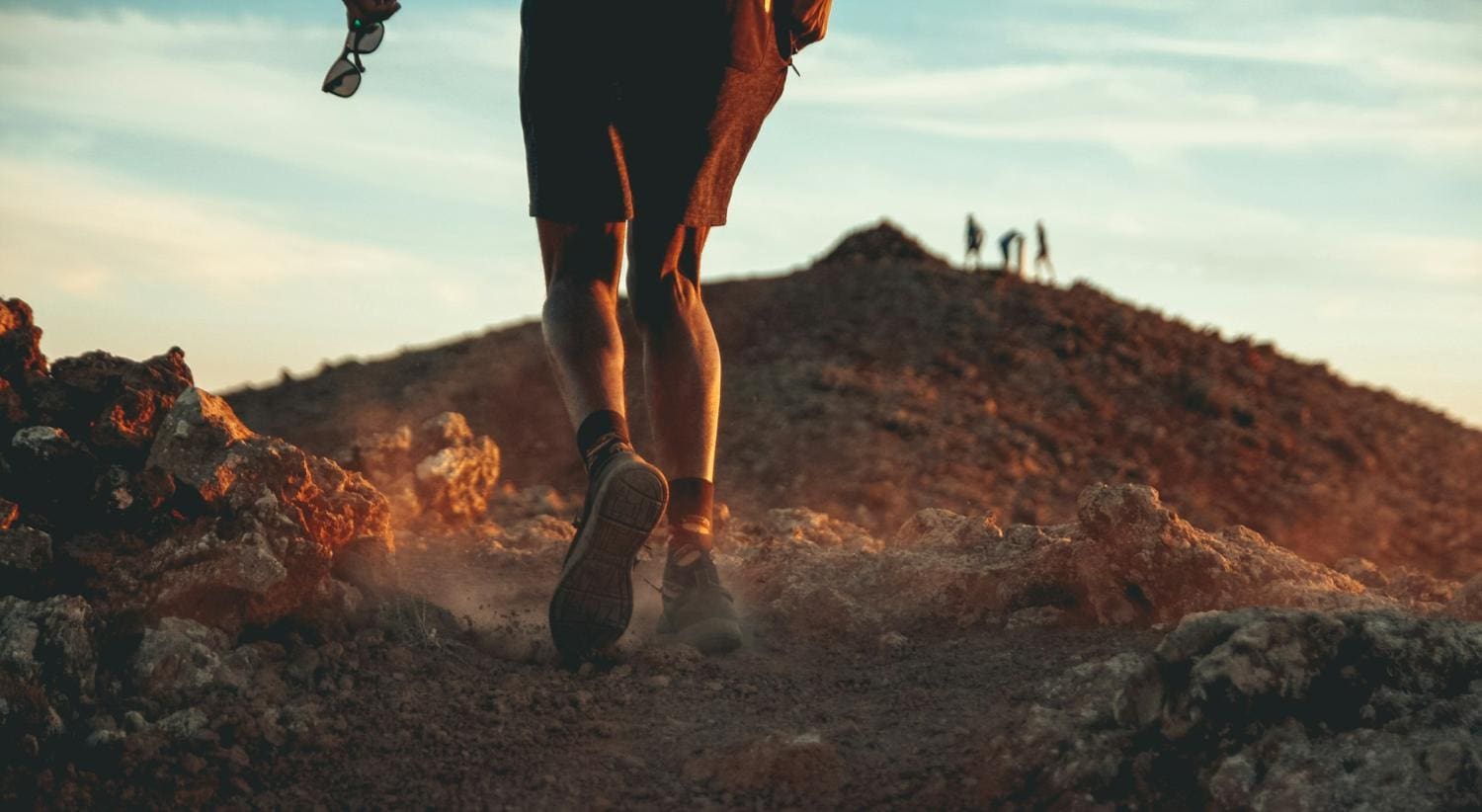

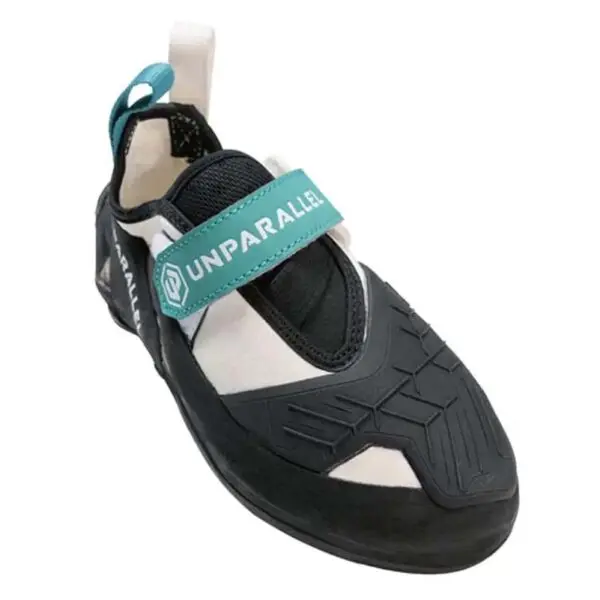
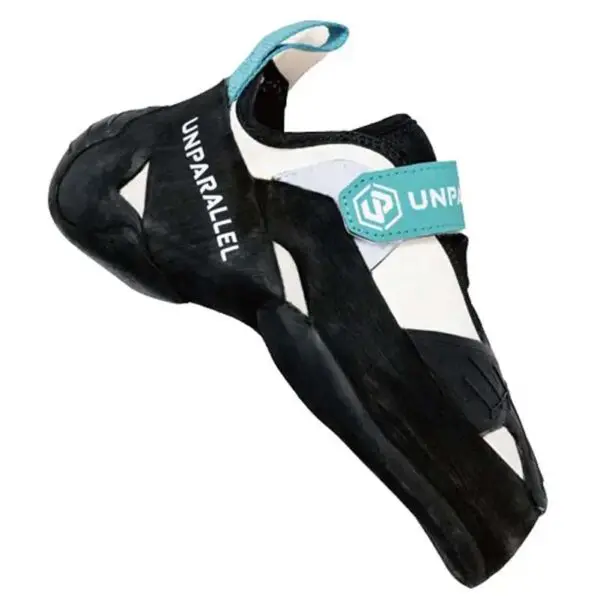



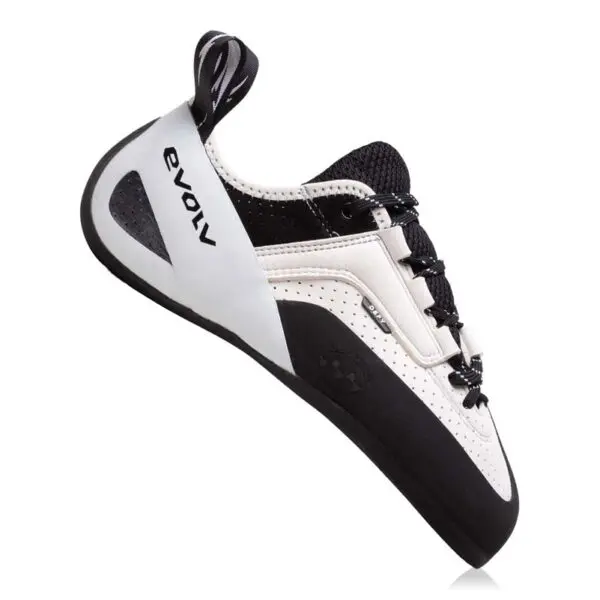

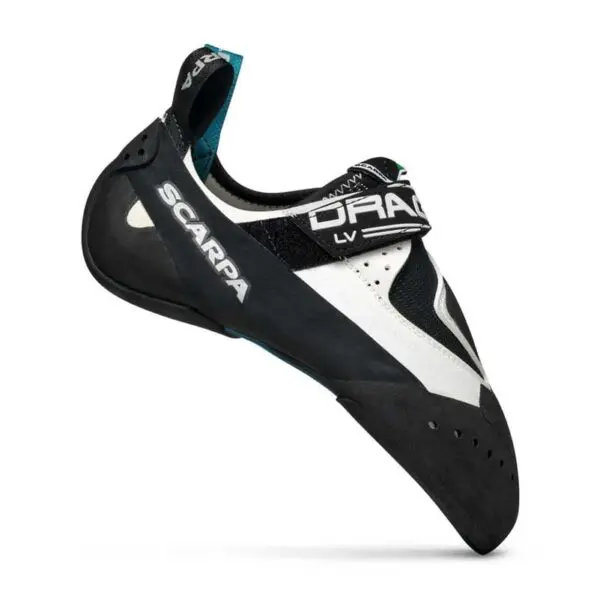

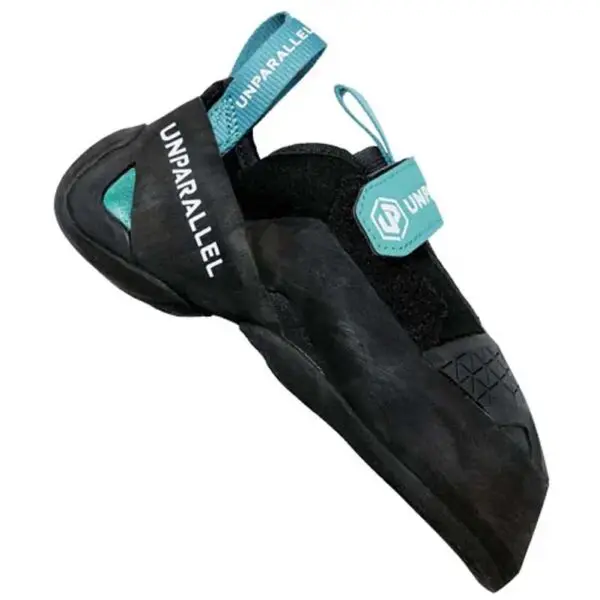



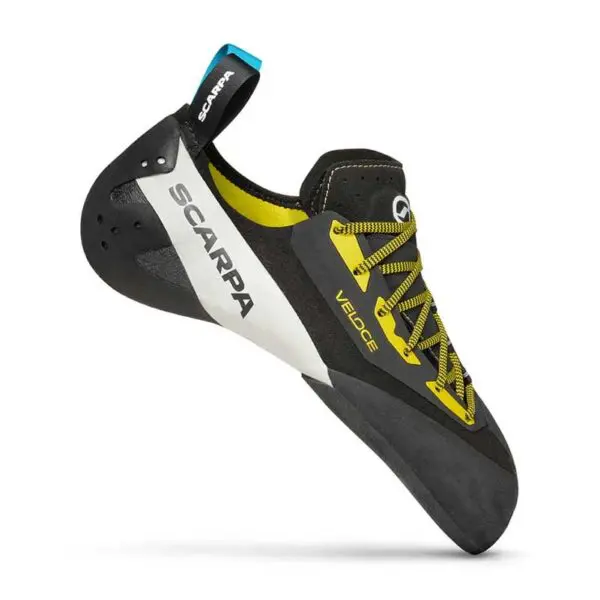
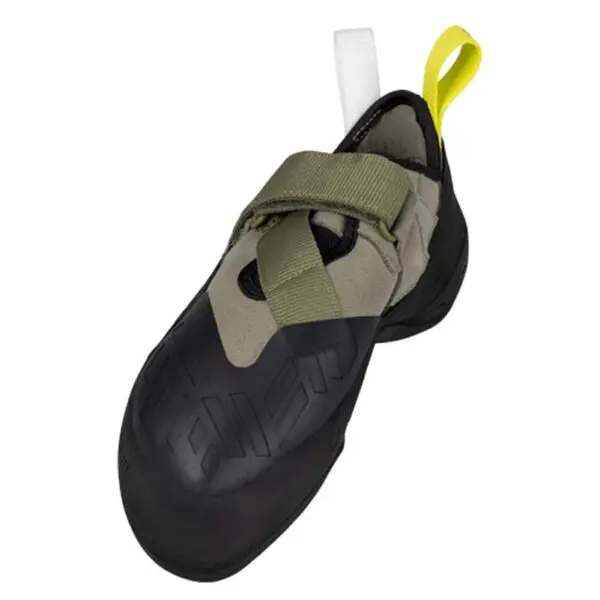



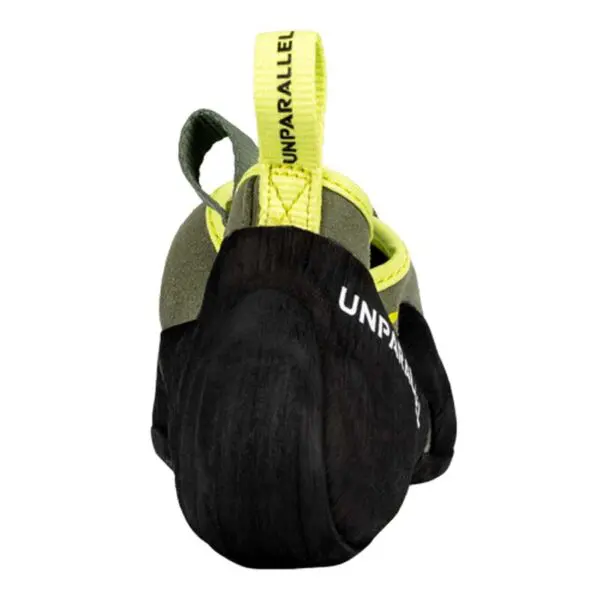
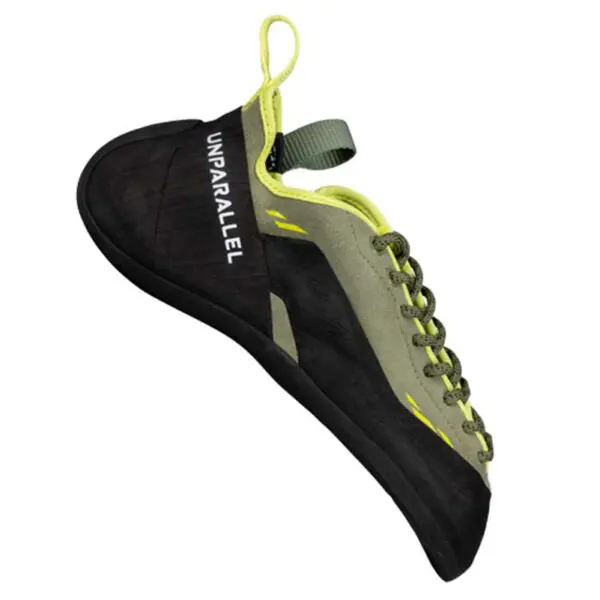
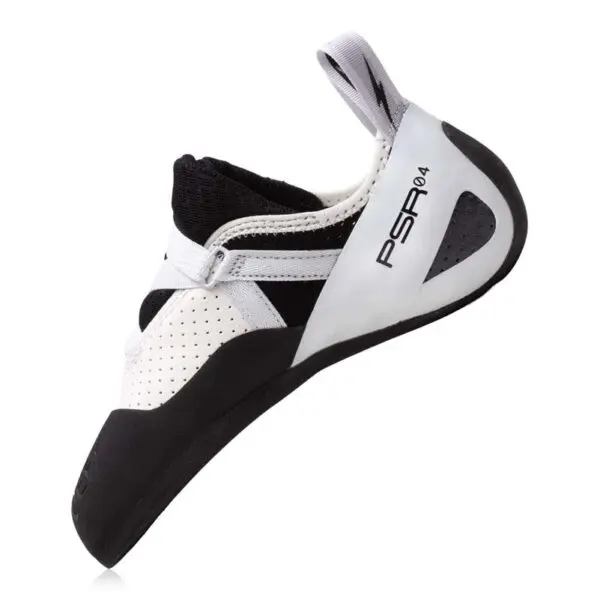

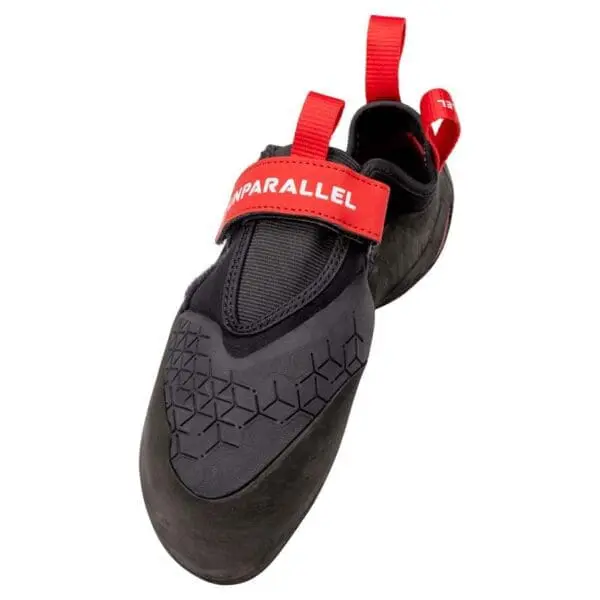
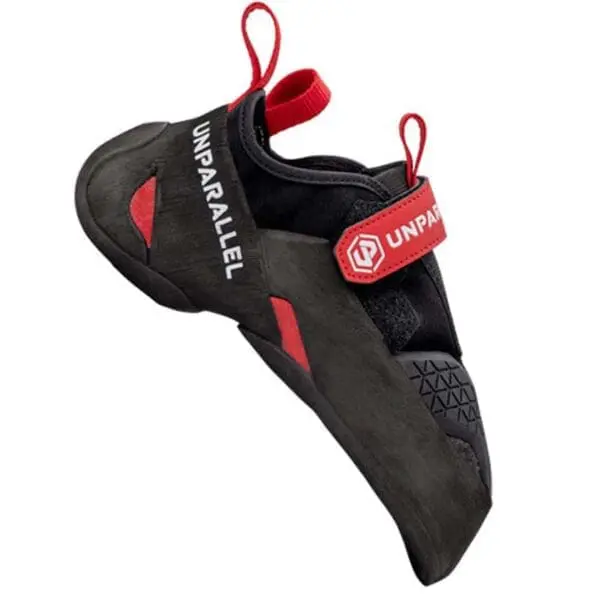
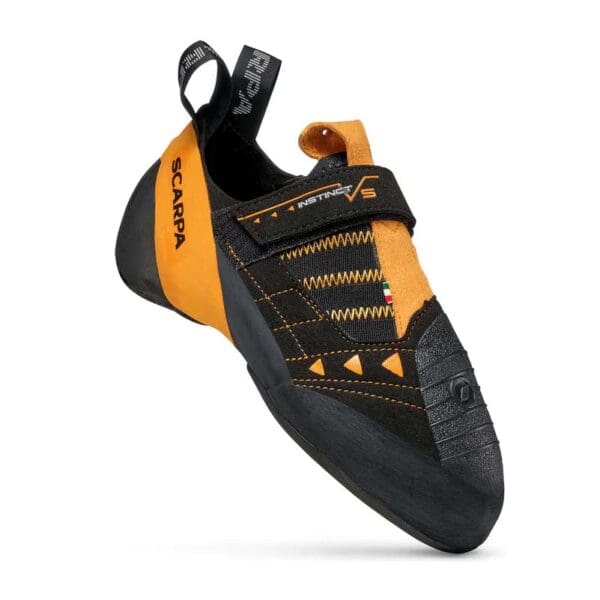
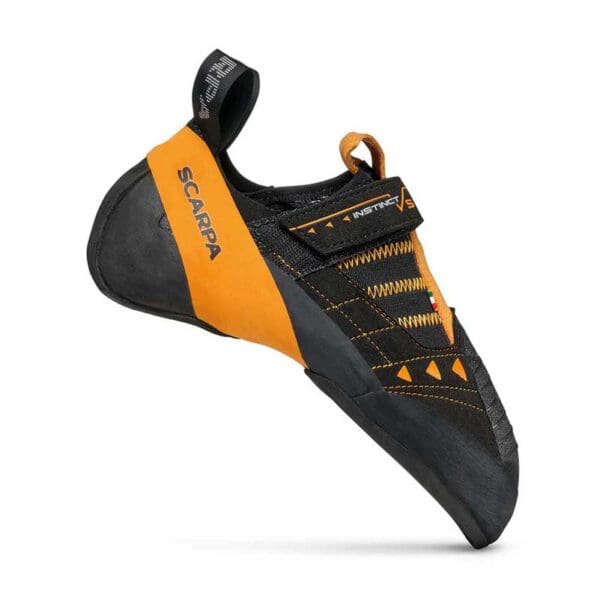

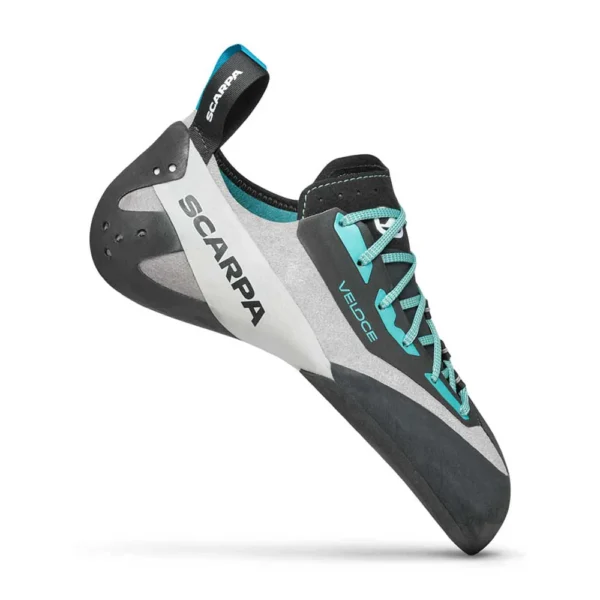

























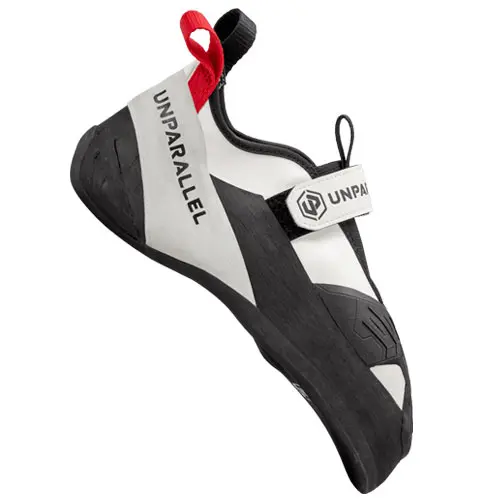







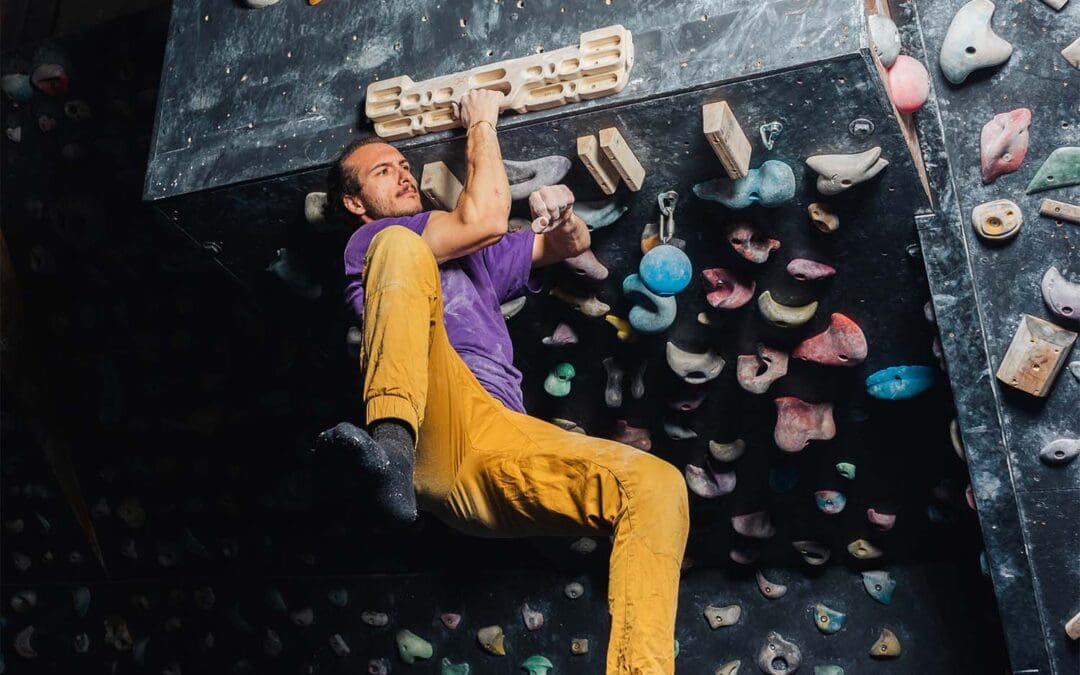
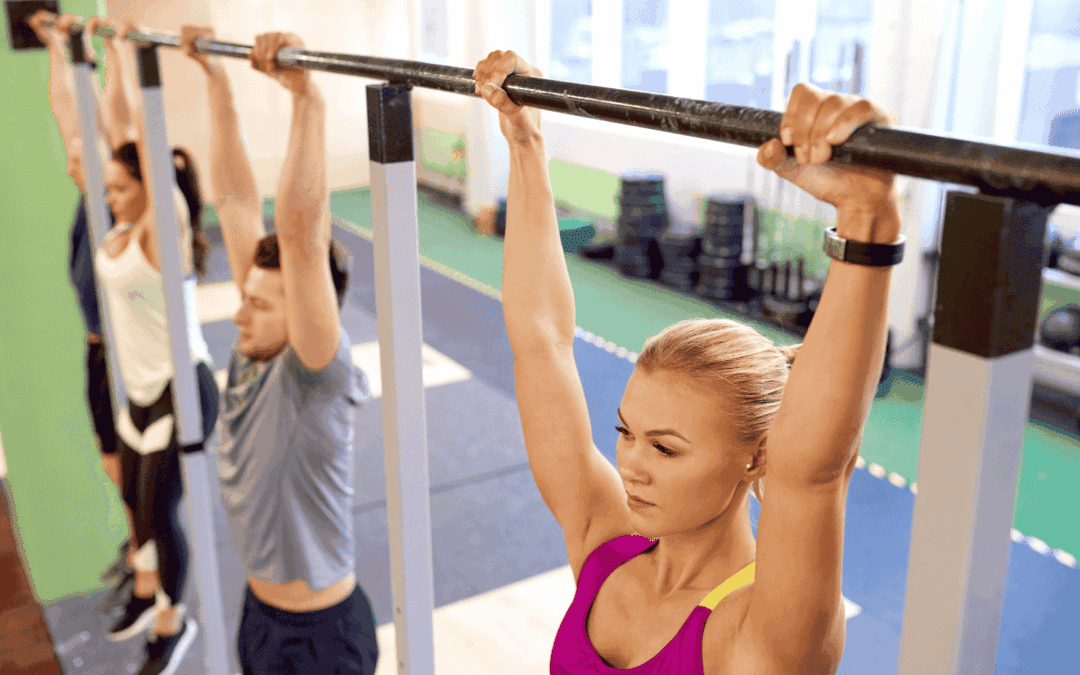
0 Comments